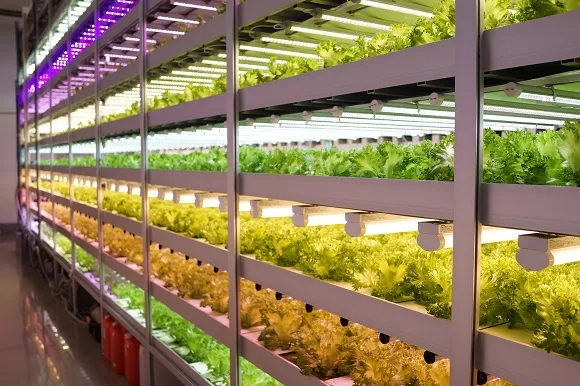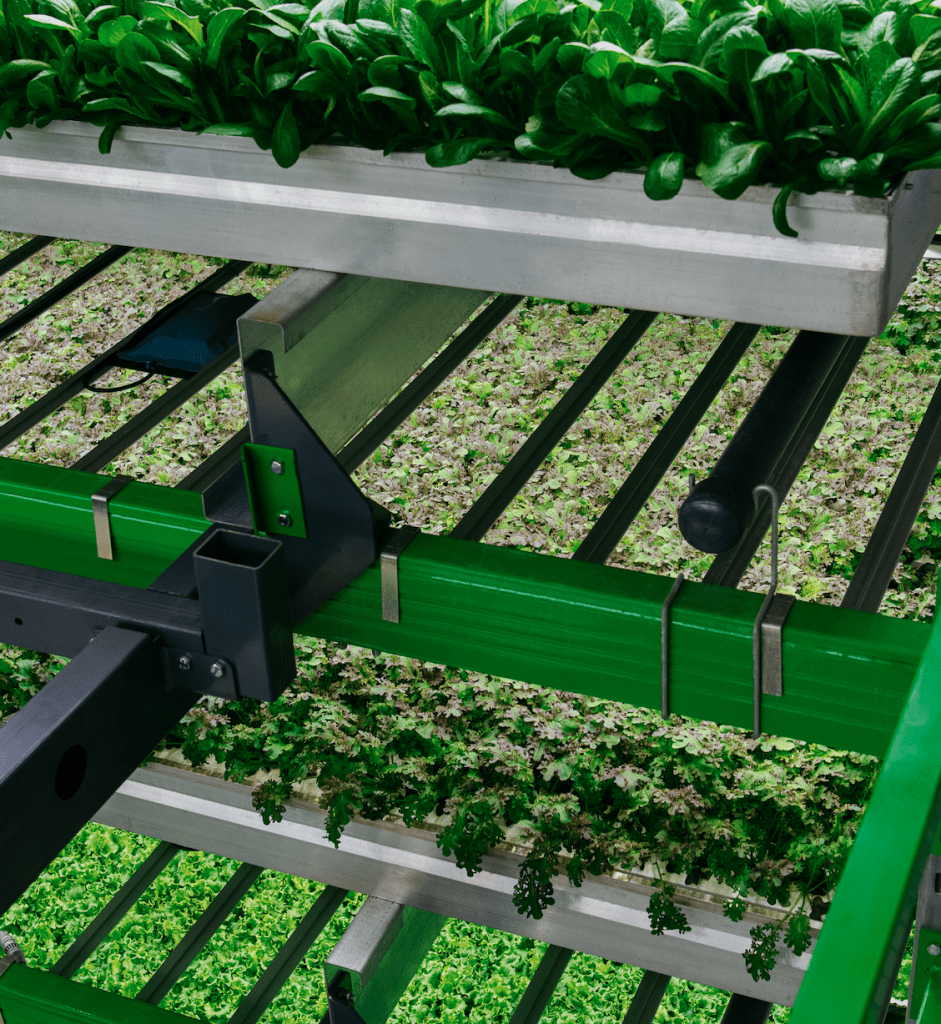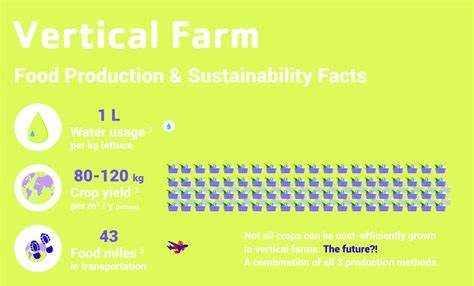
Introduction
Vertical farming has emerged as a revolutionary approach to agriculture, offering a promising solution to the challenges of food security, sustainability, and economic concerns. By utilizing vertical space and advanced technologies, this innovative farming method presents a new frontier in crop production. This article explores the economic advantages of vertical farming and its potential to revolutionize the agricultural landscape.
Historical Background
The concept of vertical farming can be traced back to ancient times, with the Hanging Gardens of Babylon being one of the earliest examples. However, modern vertical farming as we know it today began to take shape in the early 20th century. Notable milestones include the invention of hydroponics in the 1930s and the development of controlled environment agriculture (CEA) in the 1980s.
Key Concepts and Definitions
Vertical farming differs from traditional farming methods by utilizing vertical space and growing crops in stacked layers. It embraces various techniques such as hydroponics, which involves cultivating plants in nutrient-rich water without soil, and aeroponics, which employs a mist environment for plant growth. Controlled environment agriculture (CEA) encompasses the use of controlled lighting, temperature, humidity, and nutrient delivery systems to optimize crop growth.
Main Discussion Points
Increased Efficiency and Productivity
Vertical farming maximizes land and space utilization by growing crops vertically. By utilizing artificial lighting, climate control, and nutrient management systems, vertical farms can achieve multiple harvests per year, leading to higher crop yields and increased profitability.

Reduced Resource Consumption
Compared to traditional farming methods, vertical farming significantly reduces water usage. Through controlled environments and integrated pest management techniques, vertical farms can also minimize pesticide and fertilizer use. Moreover, vertical farming systems are energy-efficient and have the potential to utilize renewable energy sources.
Improved Sustainability
Vertical farming offers numerous environmental benefits. It reduces greenhouse gas emissions and lowers transportation costs by promoting local food production. Moreover, vertical farms can adopt sustainable practices such as organic farming and the recycling of water and nutrients, further enhancing their ecological footprint.
Case Studies or Examples
Real-world examples of successful vertical farming operations showcase the economic advantages of this agricultural method. These case studies demonstrate the profitability and economic viability of vertical farms, considering factors such as capital investment, operational costs, and market demand.

Current Trends or Developments
Recent trends in vertical farming include the use of robotics and automation to enhance productivity and reduce labor costs. The rise of vertical farming startups and collaborations with food industry stakeholders have also contributed to the growth of this sector. Furthermore, groundbreaking research findings on cost-benefit analyses and market projections provide valuable insights into the economic advantages of vertical farming.
Challenges or Controversies
Despite its potential, vertical farming faces challenges such as high initial investment costs and technological limitations. Skepticism from consumers regarding the scalability of this method and concerns about the displacement of traditional farming communities have also been raised. Addressing these challenges is crucial for the widespread adoption of vertical farming.

Future Outlook
The future of vertical farming looks promising, with potential integration with emerging technologies such as blockchain and artificial intelligence. These advancements could further enhance the economic advantages of vertical farming, leading to a more sustainable and efficient global agricultural industry.
Conclusion
Vertical farming offers significant economic advantages, including increased efficiency and productivity, reduced resource consumption, and improved sustainability. Its potential to address food security and economic challenges cannot be underestimated. By embracing vertical farming, we can revolutionize the way we produce and consume food, paving the way for a more sustainable and prosperous future.




